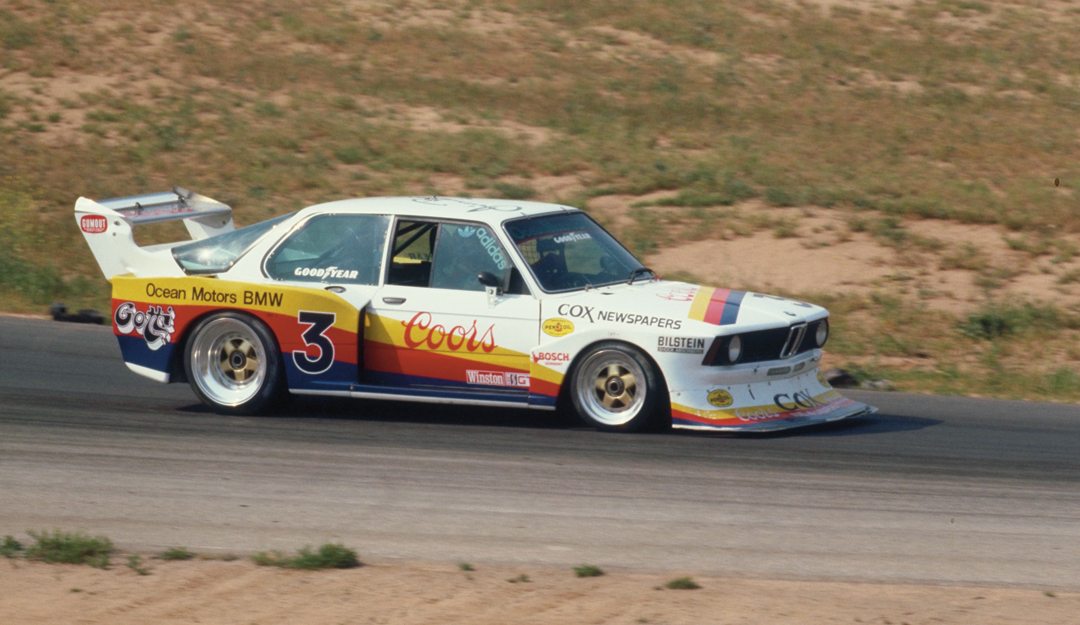When Peter Gregg did his deal to race BMWs in IMSA in 1976, he asked me to take over in the Brumos Porsche. At the end of the season, Peter decided he wanted to come back to Porsche to run the Trans-Am, and my Brumos deal went South. He hooked me up with Jo Hoppen who helped maintain my relationship with Porsche. Then Peter called and said, “BMW would like very much to support a car here in the U.S.” I said, “Where does that leave me?” He said he’d recommended that I be the guy. I said, “That’s really nice, what do I do?” He said, “You get on an airplane and you go meet Jochen Neerpasch in Munich.”
I didn’t have much going, and really wanted a deal as my shop was up and running and I had personnel and paychecks to write. I flew to Munich and met Neerpasch. What they wanted to do was give me all their factory cars, an enormous amount of stuff—two containers of engines and transmissions and two cars and bodies. Ronnie Peterson had been one of their drivers, and when he was killed at Monza they decided they’d curtail their European operation and hand it all to Busby Racing.
No Subscription? You’re missing out
Get immediate ad-free access to all our premium content.
Get Started



